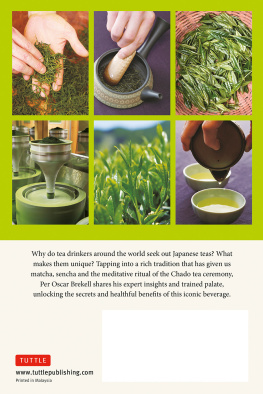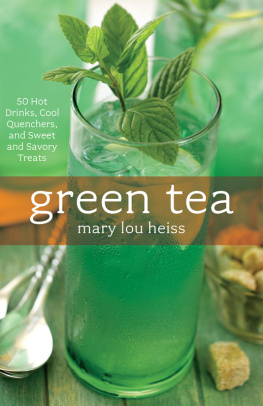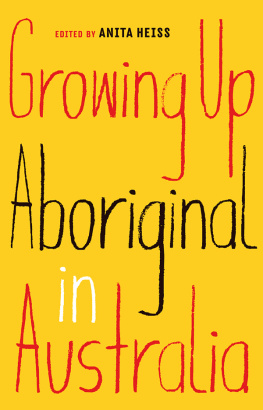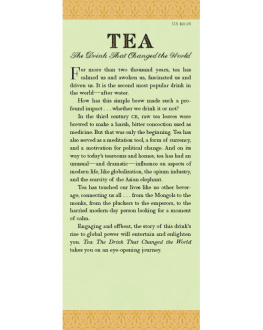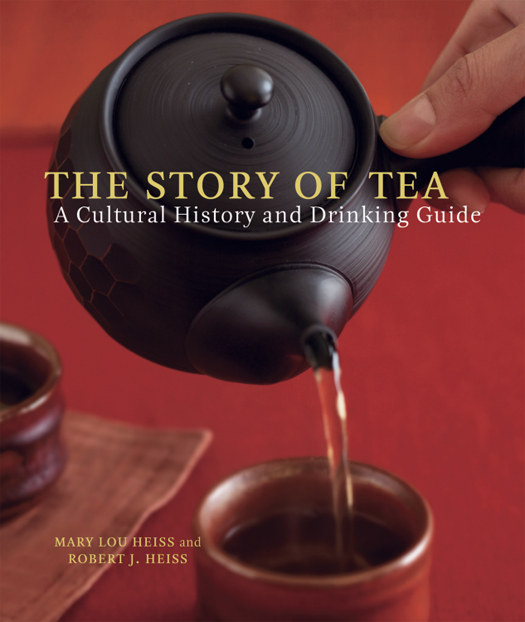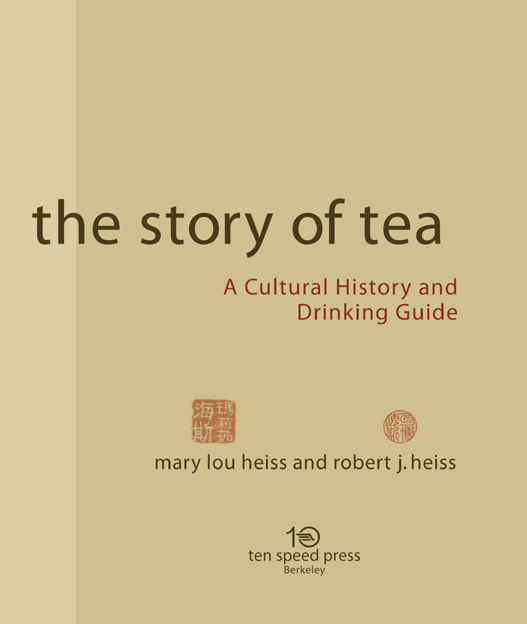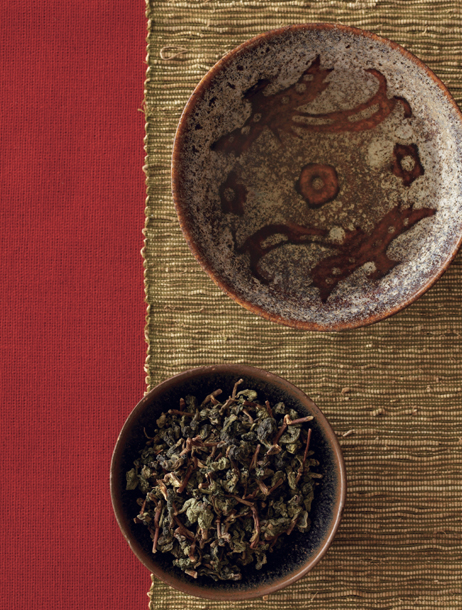
Copyright 2007 by Mary Lou Heiss and Robert J. Heiss
Studio Photography copyright 2007 by Angie Cao
All rights reserved. Published in the United States by Ten Speed Press, an imprint of the Crown Publishing Group, a division of Random House, Inc., New York.
www.crownpublishing.com
www.tenspeed.com
Ten Speed Press and the Ten Speed Press colophon are registered trademarks of Random House, Inc.
Library of Congress Cataloging-in-Publication Data
Heiss, Mary Lou.
The story of tea : a cultural history and drinking guide / Mary Lou Heiss and Robert J. Heiss.
p. cm.
Includes bibliographical references and index.
1. TeaHistory. 2. Cookery (Tea) I. Heiss, Robert J. II. Title.
TX415.H44 2007
641.3372dc22
2007007188
eISBN: 978-1-60774-172-5
All location photography by Mary Lou Heiss and Robert J. Heiss, except as noted in the captions.
Studio photography by Angie Cao, with styling by Bergren Rameson and photo assistance by Cody Pickens, on the front cover jacket and .
Maps on by Scott Lowry.
v3.1
To William H. Ukers
You blazed the trail and in your footsteps we all follow.
contents
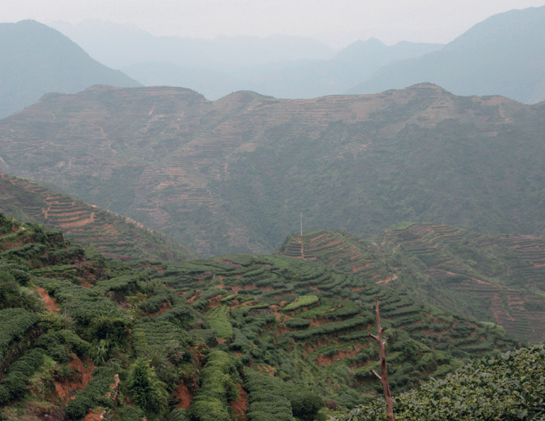
PREFACE
AS TEA MERCHANTS , we are drawn to teas that possess a distinctive style, teas that hold the feeling of the place where they were made in the folds and creases of their tiny leaves. We are captivated by the influence of what the French call terroirthat distinction of flavor akin to a cultural stamp of identity that undeniably pinpoints a product to its origin.
Terroir is determined by the physical realities of soil, altitude, climate, and geography, and also by the more evanescent and less apparent threads of history, cultural preferences, and tradition. All of these determinants consort to yield what author Fred Plotkin has referred to as somewhereness. Think about a glass of chilled, effervescent Champagne or a mug of spicy, rich hot chocolate embellished with a touch of ground chile and cinnamon, and you are envisioning two great examples of somewhereness. Each beverage is unique and specific to its somewhere; each is completely foreign in spirit to the other place.
Terroir exists for all foods, but the effects of terroir are most easily understood and tasted in such examples as coffee, cheese, olives and olive oil, rice, spirits, water, wine, and tea. Viewed in concert with these other food products, tea perhaps seems to be the simplest of the groupa humble green leaf that is plucked from a bush, then dried and brewed. In fact, the experienced Chinese farmer who has a few tea bushes growing by his back door can simply pick and parch a few tea leaves in a hot wok over a charcoal fire pan for his own tea-drinking enjoyment.
But along its more than two-thousand-year journey to today, tea has developed into something much more complicated and place specific. Time has allowed for the creation of tens of thousands of different teas, each of which are produced by people who till the soil in a multitude of tea gardens large and small. The net result is a staggering amount of tea produced annuallynot just tea, but different teas, unique teas, teas that are made nowhere else. Six classes of tea (each with several subclasses) have developed into an industry that ranges from vital to emergent in approximately fifty countries. Statistics for worldwide tea consumption pegs tea as second only to water as the most commonly drunk liquid in the world.
In tea-producing countries, tea is as important to life as is food. Tea is consumed both as a thinking persons beverage and as an everymans delight. Tea drinking is a tactile, sensory activity that provides both intellectual stimulation and aesthetic inspiration during times of social gathering or solitary contemplation. In the East tea is more highly regarded for these transcendental qualities than it is for its caffeine content or healthful benefits. The pleasurable ritual of tea drinking is deeply encoded in these cultures and religions, and tea permeates and sustains life in ways that those of us in the West simply fail to comprehend.
Our search for fine tea draws us back time and again to Asia, for tea that is carefully crafted in small villages by master tea processors who have learned their skills from previous tea masters. These tea processors will in turn pass their skills on to younger workers and to the new generation graduating from agricultural universities with degrees in tea management.
In some countries tea production is still very much hands-on work. Tea production is a combination of science and cooperation from nature along with the experienced senses of tea workers who can see, feel, and hear the elusive changes occurring in the transformation of the fresh leaf into finished tea. From hand-plucking to hand-sorting, to hand-processing to hand-sorting again, and finally to hand-packing, we are fascinated by tea that is made by human hands that have developed the necessary sense of touch and feel that we call knowing. This human factor conveysin hand movements, glances, and the concentration etched on the tea workers facesindefinable but almost tangible connections to the wisdom of the sages and the tea masters who came before.
From China to India to Sri Lanka these tea workers all share a common connection with the land and a keen awareness of the way their tea should be. Perhaps most important and most difficult to define is an appreciation for the way that the leaf wants to be. Experienced tea workers know to work with the leaf and the calendar, not against either. To pluck the right size leaf at the right time of the season, and leave the rest alone until its proper time, is a decision that can only be made from knowledge and experience. The same goes for knowing when to prune and when to let a plant rest. No calendar can tell a tea master when the precise moment is right to pluck the first tender tea sprouts that emerge in the earliest days of frost-laden spring.
Determining how long to let the tea wither, how long to roll it, to oxidize it, to fluff it, or how long to let it sit over the charcoal embers to dry is an art. The timing must be impeccable or the tea will be less than spectacular or ruined. An experienced tea master must pay attention not only to the progress of the leafs transformation but also to the weatherthe dryness, the humidity, the lack or abundance of rain.
When we visit tea-producing countries, we become the students to these masters. We are always humbled by the depths of their knowledge, their experience, and their willingness (despite the language pitfalls) to educate us so that we may in turn educate our customers and readers. For the past thirty years tea has played an important role in our Northampton, Massachusetts, shop Cooks Shop Here. Since those early days, tea became our passion. This book is our attempt to transmit the information and knowledge that we have garnered trekking along the tea trail to our interested readers. We hope to cut through the sometimes confusing prattle about tea by providing in-depth information and understanding about processes that many people have written about but few have actually witnessed.





